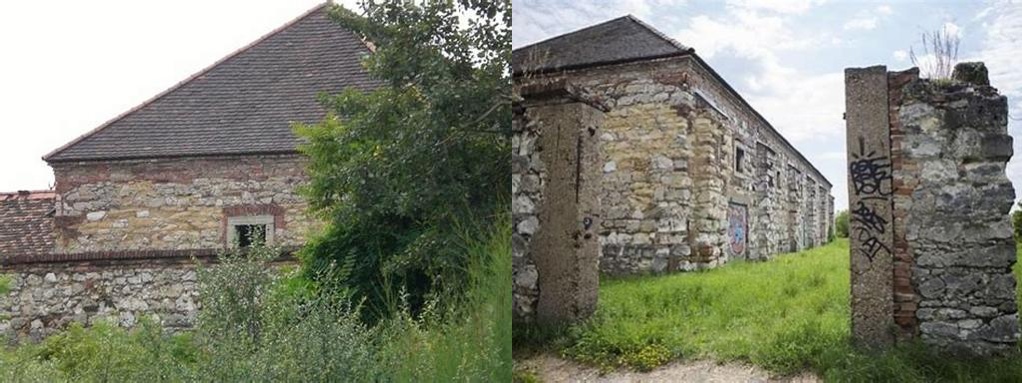
If you’re the kind of traveler drawn to destinations with a bit of grit and a lot of story, you’ll want to make your way to the Régi lőporraktár, or the Old Gunpowder Store, nestled just on the outskirts of Veszprém, Hungary. This old military relic might not have the polish of a modern gallery or the pomp of a grand palace, but what it lacks in opulence it more than makes up for in atmosphere, odd beauty, and a quiet sense of history that you can almost smell in the cool stone air. You won’t find it crowded—this is the kind of spot where visitors stop walking just to hear their footsteps echo, then lower their voices in respect to the peculiar stillness that saturates the space.
Originally constructed in the late 18th century, probably around 1777 (historians are still debating the precise date—chalk it up to a time when gunpowder was a closely guarded commodity), the Old Gunpowder Store has stood through all manner of change. Its thick, barrel-vaulted stone walls were built not out of love for architectural flourish, but with the grim practicality of survival in mind. The gunpowder stored here wasn’t just for decoration; it was the lifeblood of Hungary’s military efforts during everything from the Napoleonic Wars to the more localized conflicts that knitted and unstitched Europe over the centuries. Stand inside and you realize—this isn’t just a building, it’s a chapter from a very explosive book.
The Régi lőporraktár is more than just a historical footnote. Throughout the years, this unassuming stone structure has led many curious lives. You might walk through and imagine the tense silence as munitions officers inventoried barrels, or try to picture what it must have been like for the lone guards stationed here, candlelight flickering against ancient stones, listening for rumoured saboteurs. After its military heyday, it spent years fading into obscurity—hosting everything from hay to schoolchildren on mandatory field trips. There’s an authenticity to the place, a raw unfiltered ambiance you don’t always find in more meticulously restored heritage sites.
What many visitors find captivating is the balance of wild and human history. The building sits tucked among a backdrop of greenery, overtaken in places by vines and the persistent flora that always seem to threaten to reclaim the land. Step outside after your visit inside and you’ll see why so many locals cherish this odd, stoic vestige of their past, embracing it as both a marker of old troubles and as a curious relic that’s found peace in obsolescence. The site doesn’t spoon-feed you its story; it lets you imagine it for yourself.
And if you’re lucky enough to catch a local passing by, you might hear some rumors about hidden tunnels leading from the Régi lőporraktár deep underneath Veszprém, or about the people who tried (and inevitably failed) to breach its walls. While some of these tales are little more than the stuff of fireside storytelling, they add to the low-key magic of the site. It’s a place that invites speculation and quiet wonderment—a dark, solid skeleton of what once was.
No need to bring expectations. Just bring your curiosity, a good pair of walking shoes, and maybe an interest in European history’s more shadowy corners. Spend a little time at the Régi lőporraktár and you’ll come away with not only a sense of how Hungary’s past was stored, but how it still lingers, quietly waiting for anyone interested enough to open the doors and listen.





